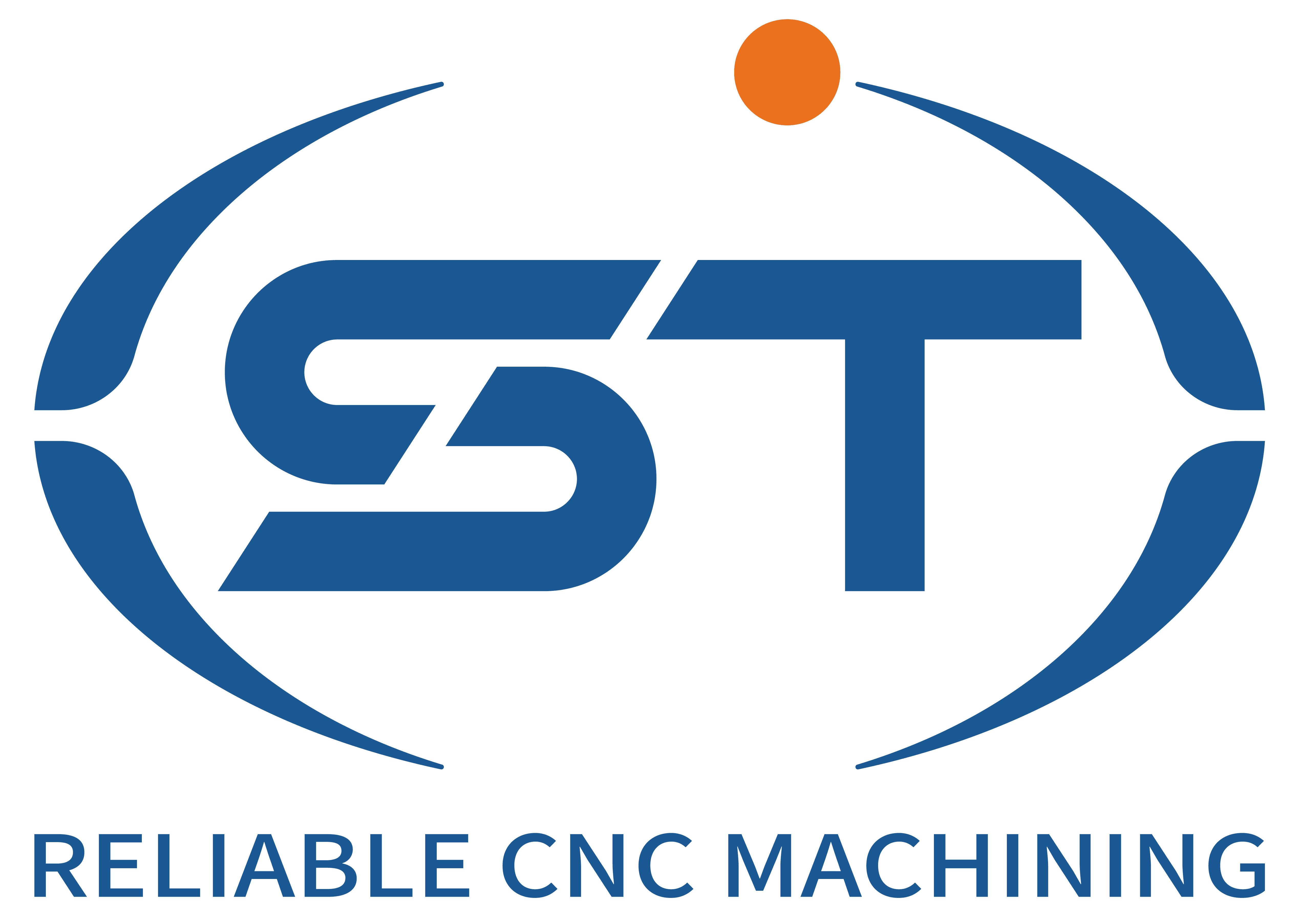Mastering G-Code Programming for Automotive CNC Parts Manufacturing: Advanced Techniques
Precision in automotive CNC machining hinges on optimizing G-code programming to enhance efficiency, accuracy, and tool longevity. Below are critical strategies to elevate your programming approach for complex automotive components.
Table of Contents
ToggleOptimizing Tool Paths for High-Speed Machining
Automotive parts often demand tight tolerances and smooth surface finishes, making high-speed machining (HSM) essential. To achieve this, prioritize constant engagement tool paths that minimize abrupt directional changes. Use G01 linear interpolation with incremental step-overs to maintain consistent chip load, reducing tool wear and thermal stress. For curved surfaces, employ G02/G03 circular interpolation with optimized feed rates to prevent vibration. Additionally, leverage adaptive clearing cycles (commonly available in modern CAM software) to dynamically adjust cutting parameters based on material hardness and geometry.
Leveraging Canned Cycles for Repetitive Features
Automotive components frequently incorporate standardized features like holes, pockets, and threads. Instead of manually coding each operation, utilize canned cycles to streamline programming. For drilling, G81 (simple drilling), G83 (peck drilling for deep holes), and G73 (high-speed peck drilling) reduce redundancy while ensuring accuracy. When threading, G92 (single-pass threading) or G76 (multi-pass threading) can automate pitch control and depth increments. These cycles also simplify maintenance—adjusting a single parameter updates the entire operation, saving time during design revisions.
Implementing Tool Compensation Strategies
Compensation errors account for a significant portion of machining inaccuracies in automotive parts. To mitigate this, apply cutter radius compensation (G41/G42) dynamically. Program tool paths using the part’s theoretical dimensions, then activate compensation to offset the tool’s radius. This approach allows quick adjustments for tool wear or replacement without rewriting the entire program. For length compensation, use G43 (tool length offset) to account for variations in tool shank lengths, ensuring consistent Z-axis positioning across multiple setups.
Enhancing Program Efficiency with Subprograms and Macros
Repetitive sequences, such as bolt-hole patterns or mirror-image features, are common in automotive components. Instead of duplicating code, create subprograms (M98/M99) to reuse segments. For example, a subprogram for drilling a 4-bolt pattern can be called multiple times with adjusted coordinates. Macros (parameterized programming) further elevate flexibility by allowing variables for dimensions, speeds, or feeds. This enables rapid adaptation to design changes without manual reprogramming, reducing lead times for prototyping or production runs.
Error Prevention Through Simulation and Verification
Even experienced programmers can introduce errors that lead to costly tool crashes or scrap parts. Before running a program on the machine, simulate it using integrated CAM software or third-party verification tools. These platforms detect collisions, excessive tool deflection, or invalid G-code syntax. Pay special attention to rapid movements (G00), as incorrect coordinates here can cause sudden tool shifts. Additionally, validate spindle and coolant activation commands (M03/M08) to ensure they align with the operation’s requirements.
By integrating these techniques, automotive CNC programmers can achieve higher precision, reduce waste, and optimize cycle times—key factors in maintaining competitiveness in the fast-paced automotive manufacturing sector.




